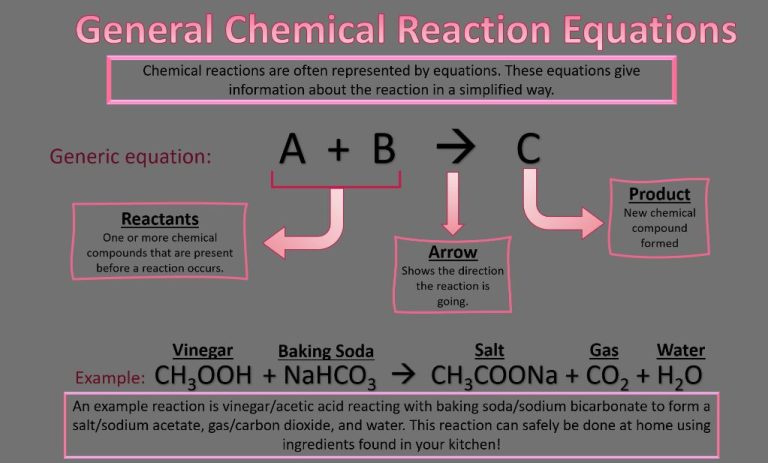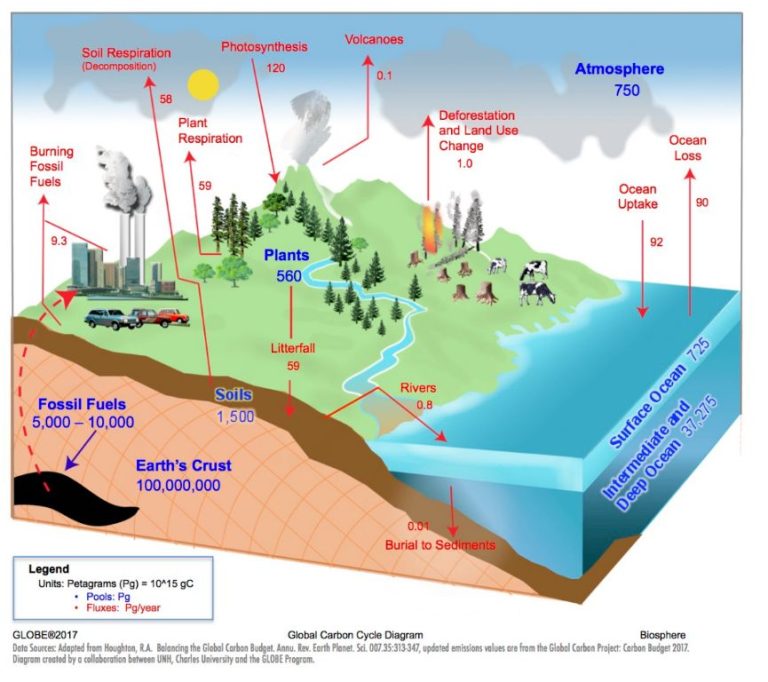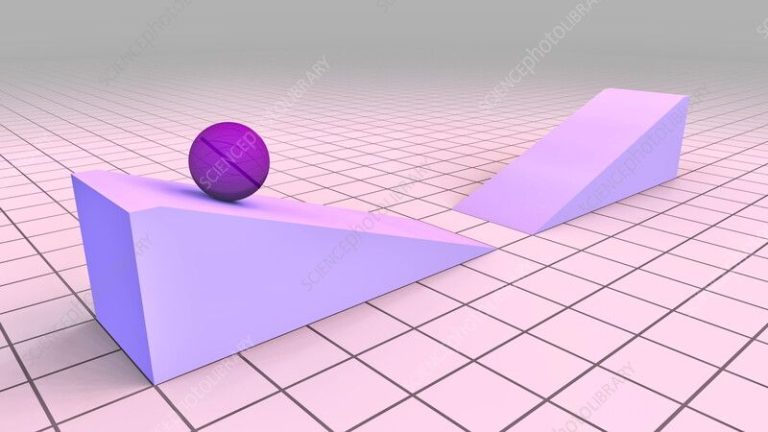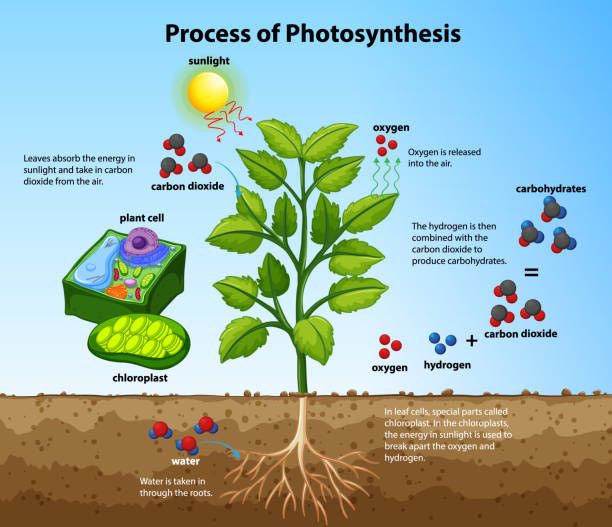What Is Light In Everyday Life?
Light is a form of electromagnetic radiation that is visible to the human eye. Electromagnetic radiation consists of oscillating electric and magnetic fields that propagate through space carrying energy. The wavelength and frequency of the oscillating fields determine the properties and behavior of the electromagnetic radiation.
Visible light constitutes only a small portion of the full electromagnetic spectrum, which ranges from radio waves with very long wavelengths to gamma rays with extremely short wavelengths. The wavelength of visible light ranges from about 380 nanometers (violet) to about 740 nm (red).
Studying light is fundamental to understanding our universe. Light allows us to see the world around us. The interaction of light with matter provides insights into the structure of atoms and molecules. Analyzing the light from stars and galaxies gives information about their motion, composition, and distance from Earth.
In this article, we will explore the properties of visible light, common light sources, how light travels and interacts with objects, the role of light in vision and technology, lighting design principles, light pollution, and the use of light in art. We will aim to elucidate the profound importance of light in everyday life.
Properties of Light
Light is a form of electromagnetic radiation that behaves like both a wave and a particle. Some key properties of light include:
Wavelength and Frequency
The wavelength of light determines its color. Shorter wavelengths are bluer, while longer wavelengths are redder. The wavelength is related to the frequency, which is the number of wave crests that pass a point per second. Higher frequency light has a shorter wavelength.
Speed
Light travels extremely fast – approximately 300,000 kilometers per second. This speed is constant in a vacuum, but slows down when passing through different materials.
Electromagnetic Spectrum
The electromagnetic spectrum categorizes light based on wavelength and frequency. It encompasses everything from radio waves to gamma rays. Visible light for human vision is just a small slice of the full spectrum.
Other key ranges include ultraviolet light, X-rays and infrared light. Each type of light has unique properties and applications.
Light Sources
Light comes from various natural and artificial sources. The most powerful source of light is the sun. As a star, the sun generates an enormous amount of light and heat through nuclear fusion reactions. The sunlight that reaches Earth provides the energy that sustains almost all life on the planet and influences Earth’s climate and weather.
Other natural sources of light include stars, fire, lightning, and bioluminescent organisms like fireflies. Human-made light sources have evolved over centuries from simple fires and oil lamps to electric light bulbs, neon signs, and LEDs. Thomas Edison’s creation of the incandescent light bulb in 1879 revolutionized artificial lighting and illuminated cities and homes with a clean, safe light source.
Today, incandescent bulbs are being phased out in favor of more energy efficient fluorescent and LED bulbs. LEDs are ideal for energy conservation, as they require very little electricity and last for years. From the candles that light a dinner table to the streetlights that illuminate a city at night, artificial light sources enable humans to extend light into the darkness.
How Light Travels
Light travels in a straight line until it hits an object or material. At that point, it can be reflected, refracted, diffracted, transmitted, or absorbed. Understanding how light interacts with different materials helps explain many natural optical phenomena.
Reflection
When light hits a smooth reflective surface like a mirror, it bounces off at an angle equal to the angle it came in. This is called specular reflection. Diffuse reflection occurs when light hits a rough surface and is reflected in many different directions.
Refraction
When light moves from one transparent medium to another, like from air to water, it changes speed and direction. This bending of light rays is called refraction. Refraction explains why objects look different when viewed through water. The amount of refraction depends on the materials the light is traveling through.
Diffraction
When light hits an obstructing edge or passes through a small opening, the rays bend and spread out. This phenomenon is called diffraction. It causes light to bend around corners and spread out after passing through slits. Diffraction leads to effects like rainbow colors seen on CDs.
Transmission
Some materials like glass allow light to pass through them with little scattering or absorption. This is called transmission. Transparent materials transmit light without distorting the rays, while translucent ones only partially transmit light.
Absorption
As light interacts with matter, some of the light energy can be absorbed. Different materials and colors absorb and reflect different wavelengths of light. Absorption of certain wavelengths leads to the visual perception of color.
Vision and Light
Our eyes detect light through special photoreceptor cells called rods and cones. Rods are sensitive to low light levels and motion, while cones are responsible for color vision. There are three types of cones, each receptive to different wavelengths of light that correspond to blue, green, and red.
Visible light from the sun spans a spectrum of wavelengths that stimulate our cone cells. This visible spectrum of light ranges from violet light with short wavelengths to red light with longer wavelengths. The cone cells contain light-sensitive pigments that react and send signals to the brain based on the wavelength they detect. The combination of signals from all three cone types gives us our perception of color.
While visible light represents only a small portion of the full electromagnetic spectrum, it is the range of wavelengths that the human eye has evolved to see. Our vision relies entirely on the visible light that enters our eyes and the biochemical reactions it triggers in our cone and rod photoreceptors.
Light in Technology
Light has enabled many revolutionary technologies that have transformed the modern world. One key application is in fiber optic communications, which uses light pulses propagating through optical fibers to transmit information. Optical fibers can transmit data over longer distances and at higher bandwidths than electrical cables. This has enabled high-speed internet and telecommunications networks worldwide.
Lasers, which produce coherent beams of light, have also become ubiquitous in technology. They are used for precise cutting and welding of materials, barcode scanners, laser printers, CD/DVD players, laser surgery, and more. Lasers have enabled a range of manufacturing processes and products.
Imaging technology relies on the ability of light and optical sensors to capture visual representations of objects. This is the basis for cameras, microscopes, telescopes, scanners, security systems, and more. Advances in optics and digital imaging have revolutionized photography and imaging across scientific and consumer applications.
Light also plays a vital role in sensors for automation, IoT devices, lidar, motion control, and more. In medicine, optical imaging enables non-invasive diagnosis and light-based treatments such as photodynamic therapy. There are boundless uses of light across technology that have transformed our daily lives.
Lighting Design
Proper lighting design enhances interior and exterior spaces in numerous ways. Lighting serves functional needs like visibility, safety, and wayfinding, while also influencing aesthetics, ambiance, and psychology. Several key principles guide effective lighting design:

- Emphasize – Use accent lighting to highlight artwork, architectural details, focal points, and other areas of visual interest.
- Layer – Incorporate ambient, task, and accent lighting to create a layered lighting scheme.
- Balance – Balance natural and artificial light sources to illuminate spaces effectively.
- Scale – Select fixture sizes and intensities that are proportional to the size of the space.
- Harmony – Choose fixture styles and colors that complement interior finishes and architecture.
Thoughtful lighting creates welcoming effects and desirable moods. Warm white light communicates comfort and relaxation, while cool white light feels energizing. Bright, even illumination promotes concentration and productivity. Subtle, low-level lighting sets an intimate, relaxing tone. The psychology of lighting should inform design choices for varied spaces and applications.
Exterior lighting illuminates buildings, landscaping, and public areas for aesthetics, safety, and wayfinding. Facade and feature lighting accentuates architectural details. Pathway lighting guides navigation. Security lighting deters crime. Careful exterior lighting design prevents glare, light trespass, and skyglow. Sustainable lighting minimizes energy use and light pollution. In both interior and exterior applications, lighting design blends science and artistry to enrich built environments.
Light Pollution
Light pollution refers to excessive, inappropriate, or obtrusive artificial light. It’s a significant side effect of industrial civilization that threatens the environment as well as human health. There are several major types of light pollution:
Skyglow – The brightening of the night sky over inhabited areas caused by artificial light reflected and scattered off gases and particles in the atmosphere. Skyglow washes out starlight and interferes with astronomical research.
Glare – Intense and blinding light that can temporarily blind or reduce visual perception. Glare makes it difficult to see clearly and can contribute to accidents.
Light trespass – Light falling where it is not intended or needed, such as light from a neighbor’s property or streetlights shining into windows. Light trespass can disturb sleep and impact the ecosystem.
Clutter – Excessive grouping of lights that clutter the landscape. This includes overly bright digital billboards and neon signs. Clutter is visually displeasing and distracting.
Light pollution is caused by excessive artificial night lighting from sources like street lamps, neon signs, digital billboards, security lights, skyscrapers, and more. Poor lighting design that does not take into account light direction, intensity, and color temperature also contributes to light pollution.
The effects of light pollution on humans include disrupted sleep cycles and circadian rhythms. Long-term exposure can increase anxiety, depression, and risk of cancer. For nocturnal animals and migrating birds that rely on natural patterns of light and dark for navigation, light pollution can be fatal. It alters habits of nesting and reproduction, and reduces biodiversity.
Solutions for reducing light pollution include using fully shielded light fixtures that only shine light downward, choosing LED lighting that matches the color temperature of natural light, dimming lights when possible, and avoiding over-lighting. Greater public awareness and dark sky-friendly lighting policies are also needed. By being more conscious of our use of artificial lighting, we can reduce the negative impacts on the environment and our health.
Light in Art
Light plays a crucial role across the visual arts. In photography, cinema, architecture, painting, and theater, light dramatically impacts both the creative process and the final product.
Photography
Photographers carefully control light to convey particular moods or draw attention to subjects. Side-lighting creates texture while backlighting outlines shapes. Soft, diffuse lighting is flattering for portraits while harsh, direct lighting brings out details.
Filmmaking
Cinematographers use light to guide the viewer’s eye, establish time and place, and build suspense. Low-key lighting creates mystery while high-key lighting feels cheerful. Color temperature indicates whether a scene is set at night or day. Lighting design is crucial for visually impactful movies.
Architecture
Architects leverage both natural and artificial light. Skylights, atriums, reflective surfaces, and glass walls maximize daylight while recessed lighting and strategically placed lamps illuminate interiors. Light accentuates forms, textures, colors to highlight aesthetic visions.
Painting
Painters represent light on canvases to render three-dimensional forms or set emotional tones. Impressionists captured the ephemeral qualities of light while Rembrandt famously employed chiaroscuro contrast between light and dark. Light in painting creates focal points, depth, and atmosphere.
Theater
Theatrical lighting designers use color, intensity, distribution, and movement to visually enhance drama onstage. Spotlights highlight performers, gobos project patterns, while simulated sunlight or moonlight establishes settings. Creative lighting is integral to performances.
The Importance of Light
Light plays a central role in our everyday lives. Visually, light allows us to see the world around us. Biologically, light regulates our circadian rhythms and supports critical functions like vitamin D production. Technologically, we rely on light to power solar cells, take photos, project images, and enable a variety of optical instruments. Culturally, light features prominently in art, architecture, film, and literature.
In summary, light makes vision possible, regulates biological processes, enables technologies, and shapes culture. We fundamentally depend on light and its various properties to see, grow food, tell time, communicate information, and appreciate aesthetic beauty. A world without light would be one devoid of color, shadow, and the visual richness we often take for granted. Just as light illuminates our external world, it also brightens the human experience in myriad ways.






